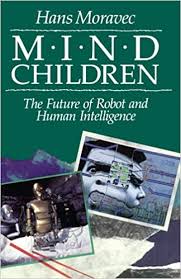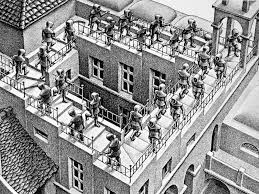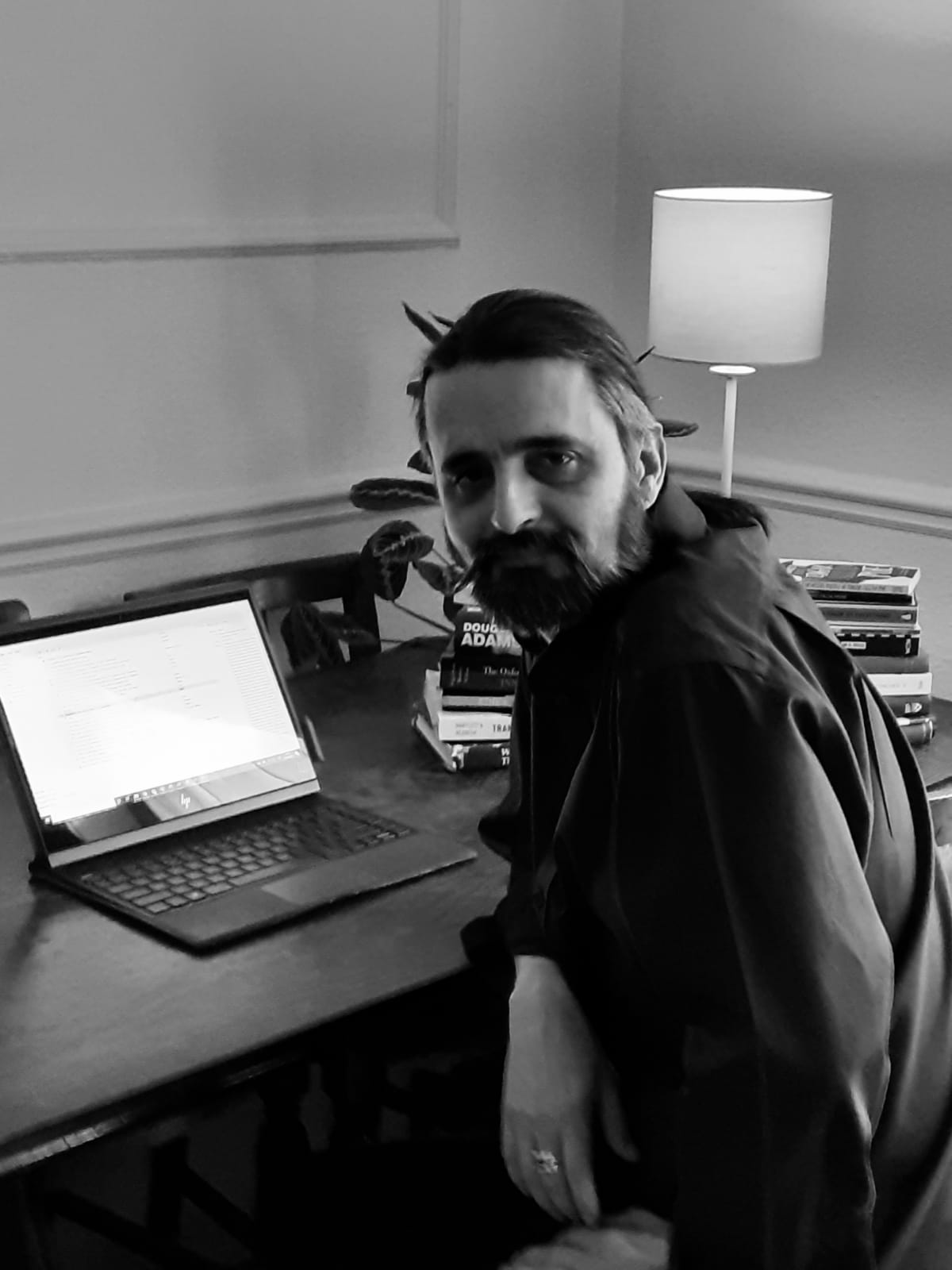Moravecs’ Paradox – a discussion about the paradox
‘What are you talking about?’ might be your question, closely followed by ‘This had better be interesting!’
Well, I hope it will be. It is certainly interesting to me, for many different reasons.
I was reading an article named “Why the majority are wrong about Technological Unemployment” – you know, my usual Saturday night reading. It is written by Sukhay Niyazov, and published online on TowardsDatascience.com.
The article discusses why white-collar workers are now just as susceptible as blue-collar workers to technical unemployment, and the paradox looks to explain why, but the paradox also gives us as humans a method to measure technology.
What is the Paradox? Well, in short, it is the comparison of technologies against humans.
Hans Moravec and the Paradox
Hans Moravec is now a research professor at Carnegie Mellin University and is also chief scientist for the Seegrid Corporation of which he co-founded.

In his book ‘Mind Children: The Future of Robot and human intelligence he proposes this paradox….. “it is comparatively easy to make computers exhibit adult level performance on intelligence tests or playing checkers, and difficult or impossible to give them the skills of a one-year-old when it comes to mobility or perception”
In other words, technologies and Artificial Intelligence (AI) algorithms can perform complex mathematical equations and reasoning with great speed and relative ease, and yet walking and jumping to human standards is difficult.
So what has this to do with Technological Unemployment?
Well, technologies now exist that are being used in every aspect of our lives; from identifying cancer cells within X-rays to monitoring pictures and detecting wildfires and alerting the required people – and they are doing this much faster and more accurately than we as humans can.

But at the time of presenting the paradox in the 1980s, robots were relatively new and not able to do the things they can now; whereas we humans have had over a thousand years of evolution to refine our motor skills enabling us to, for example, pick up and move an egg without crushing it, or peel an orange.
So the paradox is, computers perform mathematical calculations, or reasoning functions faster and more accurately than we as humans can do, but we are better at moving within a physical space than technologies are.
But in the 40 years since the paradox was proposed, robotics are becoming as agile as we humans are, Boston Robotics being one of the world leaders in such technologies.
So again I hear you asking what has this to do with technological unemployment?
Technologies or robotics have been replacing people in certain jobs, e.g. on the production line, for some time now, but these robots work or perform their pre-programmed individual tasks within very controlled environments. And they still lacked the fine motor skills that we have as humans. So the reasoning follows that humans are still ‘better’ than technology.
To date, a majority of the jobs that have been replaced by technology have been within the low-skilled production line environment (or the blue-collar worker).
But technologies are becoming ever cheaper, more readily available, and more sophisticated.
And with the introduction of AI, or to be more precise Narrow AI (pattern recognition etc.), into office environments, white-collar workers can now be replaced with technological automation.

Is the paradox still pertinent?
Well the measure that the paradox implies that of the human form is still relevant. Science Fiction writers and filmmakers depict some robots with two arms and two legs, humanistic dexterity, and facial features, and have done so from some of the earliest films made.
So examining the paradox, yes computers or technology can perform some intellectual tests more efficiently and accurately than an adult, but it is only in the last few years that they have started to attain the dexterity of an adult. It is this measurement or comparison that the paradox suggests and that we use to subconsciously measure technologies.
In Conclusion

Moravec’s Paradox could be seen even in today’s society as important not only because it implies the difference between cognitive and dexterous technologies, but also how we as humans subconsciously apply the measure to such technologies.
However it has been 40 years since the paradox was proposed, and in that time the cognitive technologies have continued to increase in functionality, availability and affordability. Sensorimotor due to the research and development being undertaken by such organisations as Boston Robotics – Technologies are now able to walk, run and jump as we humans can, as well as other robotic appendices that can pick up and move objects without breaking them.
The paradox will partly fail in time – the ‘when?’…. well your guess is as good as mine,

and even when robotic technologies can move with the same dexterity as we humans can, the paradox will continue to represent the subconscious way we as humans measure technologies.
However, as ever the caveat……This may also change over time, as technologies become more and more integrated into our lives.
Bibliography
Moravec, Hans P. Mind Children: The Future of Robot and Human Intelligence. Cambridge, Mass: Harvard University Press, 1988.
Niyazov, Sukhayl. ‘Why the Majority Is Wrong about Technological Unemployment’. Towards Data Science, 2019. DLR -. https://towardsdatascience.com/why-the-majority-is-wrong-about-technological-unemployment-6f51804419a5.




